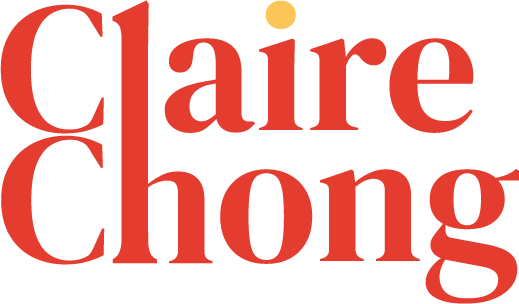Discovering Typography
Category: Typography
Target audience: Aspiring graphic designers who are interested in working exclusively with typography. Anyone who is interested in the written word and the design of a letter.
Background: As part of the typography course, we explored the following: how to create a new typeface derived from an existing typeface, how to properly rag paragraphs through tracking and leading, how to create different kinds of paragraph styles, exam a typeface, and properly identify the anatomy of a letter, and discovering which typefaces work with each other.
Software: Photoshop | InDesign | Illustrator
Developed for UC Berkeley Extension Graphic Design Program.
Problem: The problem varied between each project. However, the main goal was to design layouts that introduced each typography lesson in a clear and concise manner.
Process: I learned the different kinds of typefaces and how to identify them. I took advantage to explore different typefaces that are offered on Adobe Fonts and Google Fonts. I looked for typefaces that had big families where you could use one typeface for different hierarchies in a layout. I also played around with letter placement, using letters as a piece of communicative art rather than just plain copy. Another thing I did was to examine different works from graphic designers and typographers who have influenced the design world, such as Emil Ruder.
Solution: I focused on creating pieces that told a consecutive story. I wanted these pieces to be looked at together and immediately recognizable as part of the same project. In the pieces, I placed emphasis on the letters by using a white background and black copy. When I did use color, I chose to reveal the color in a subtle manner in order not to distract from the typeface.
Prototypeface
Design Problem: To design more accessible and unique postcards for adults between 20-30 years of age to share with the public - both hard copy and digitally. Create a unique card that can be proudly displayed by focusing on typography, page layout, color and concept by selecting 9 characters from an existing typeface and reconstructing them to convey emotion and great design
Design Solution: My solution was to create a funky font with a pleasing background. I made the letters of the font more angular by removing rounded edges in the counters and shoulders. For the letters “W”, “M” and “N”, I flared out the stems. I then placed the letters in an interesting formation and created 3-letter words or at least made it seem like there could be words. As for the background, I placed a vibrant gradient and brought them together on the back of the postcards. The hardest part of creating the postcard was deciding what I was going to do with the background to bring color to the postcard.
Sketches
Black
Black and Color
Color
Type Anatomy: A look into PLAYFAIR DISPLAY
Design Problem: Use a format that best fits your design. Using a simple typeface and 26 letters from the alphabet, which allows you to easily identify the anatomy of that typeface, choosing at least 26 type anatomical descriptives, indicating one (don’ t indicate the same thing over and over) of all the main elements, for example, the items on the list to the left. Use letterforms and/or numbers and/or special characters. You can use a phrase, a sentence or group of words - they can relate to your interests or cultural background.
Design Solution: The elements of design I used were: Arm, Stem, Spine, Counter, Terminal, Finial, Bowl, Stroke, Eye, Aperture, Shoulder, Beak, Bilateral Serif, Cap-height, Open-counter, Foot, Stress, Serif, Tittle, x-height, Vertex, Ascender, Crossbar, Head serif, Descender, Hairline, and Tail. I purposely spaced out the chosen letters during my design process, so it would be less cluttered when it went into layout. I originally went with the highlights of the anatomical descriptions to be on top of the letters. However, I wanted to play around with where those highlights could be to encourage the reader to read and explore the anatomy of type.
Typesetting
Design Solution: I wanted to keep each exercise looking similar to each other but different to the others. The typefaces I chose were ones I felt I could rag in a pleasing way.
I also chose ones that had different weight options. For Exercise 4, I imagined it as a magazine layout. Because the point of it was to show the hierarchy of the Headline, Subhead, and Body copy, chose typefaces that had a lot of diversity potential.
Design Problem: Design multiple pages of typesetting examples using different alignments, paragraph indicators, hierarchy by adjusting typeface, style, and size and the utilization of graphic elements.
Learning about: Emil Ruder
Type Classification
Design Solution: I wanted to make it super simple so I chose a muted color pallet and organized the information in a clean way. I chose to make the copy color a tint of black so it wouldn’t be so harsh against the tan/beige background. I wanted the main focus to be the typeface name, so I made sure to make everything else around it was smaller and placed without drawing too much attention to it.
Design Problem: Design three (3) type classification posters in the Vox system. Two posters will be for Serif typefaces and one poster will be for San Serif.
